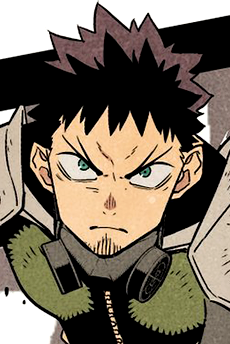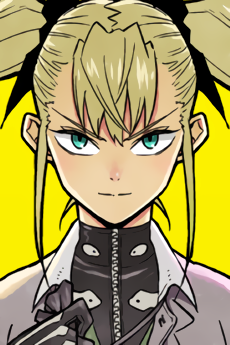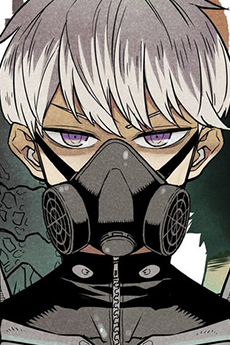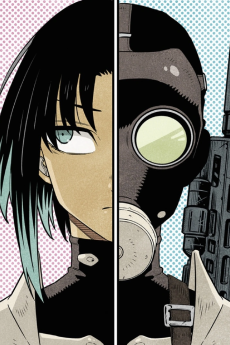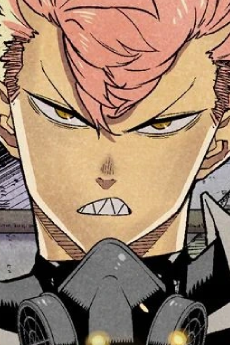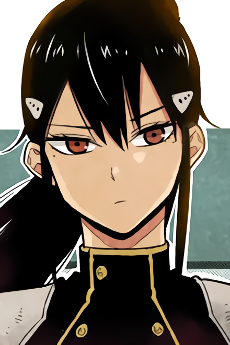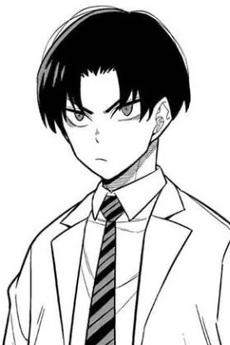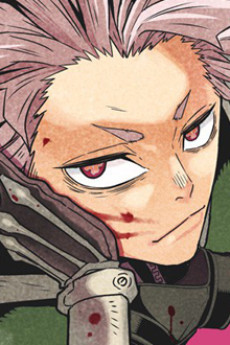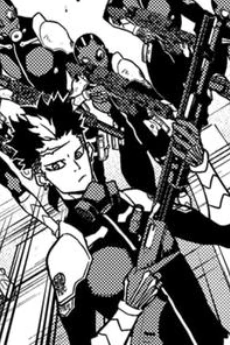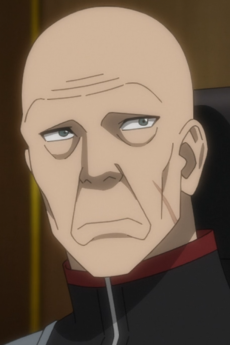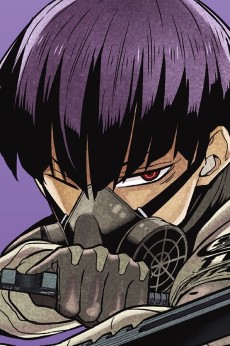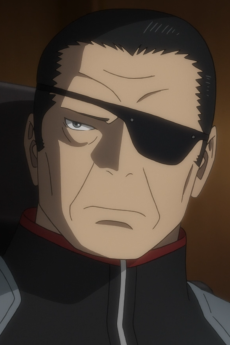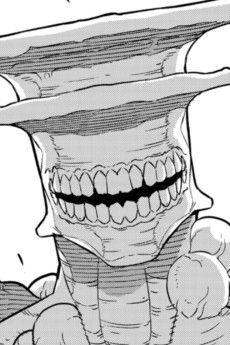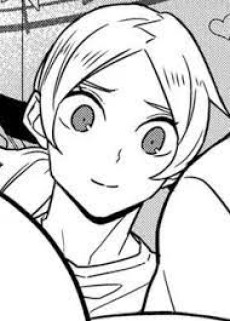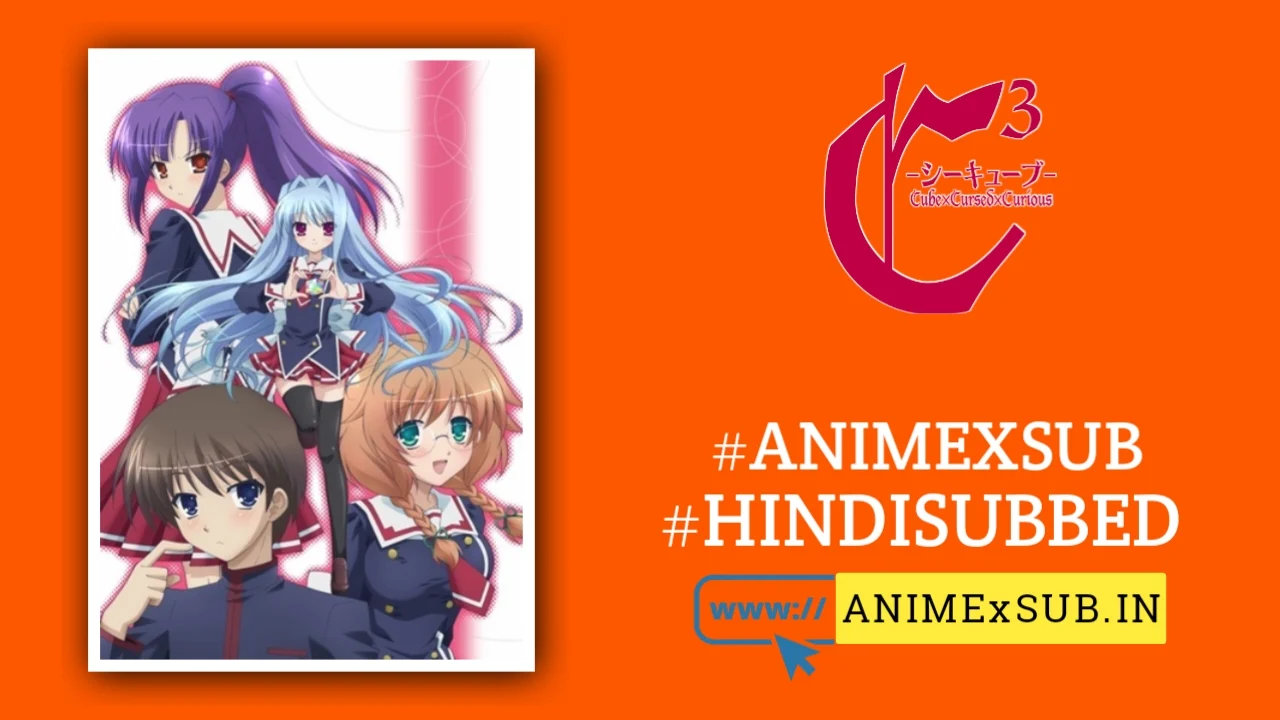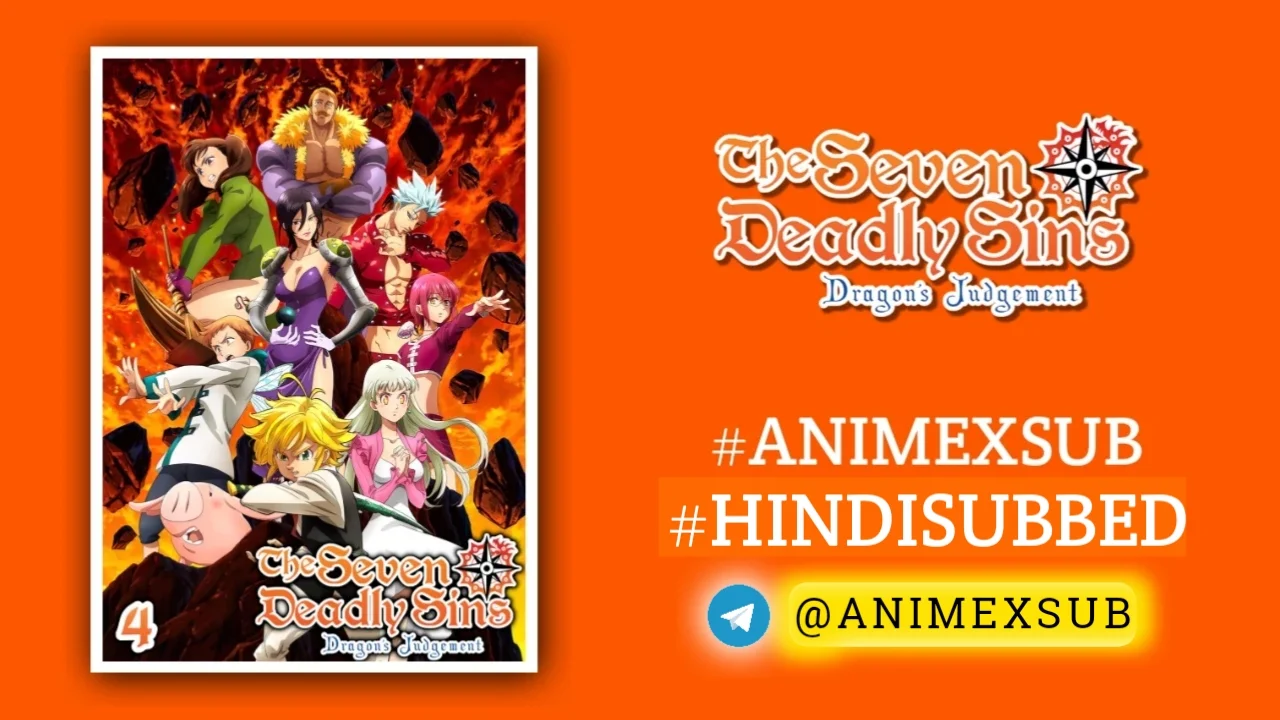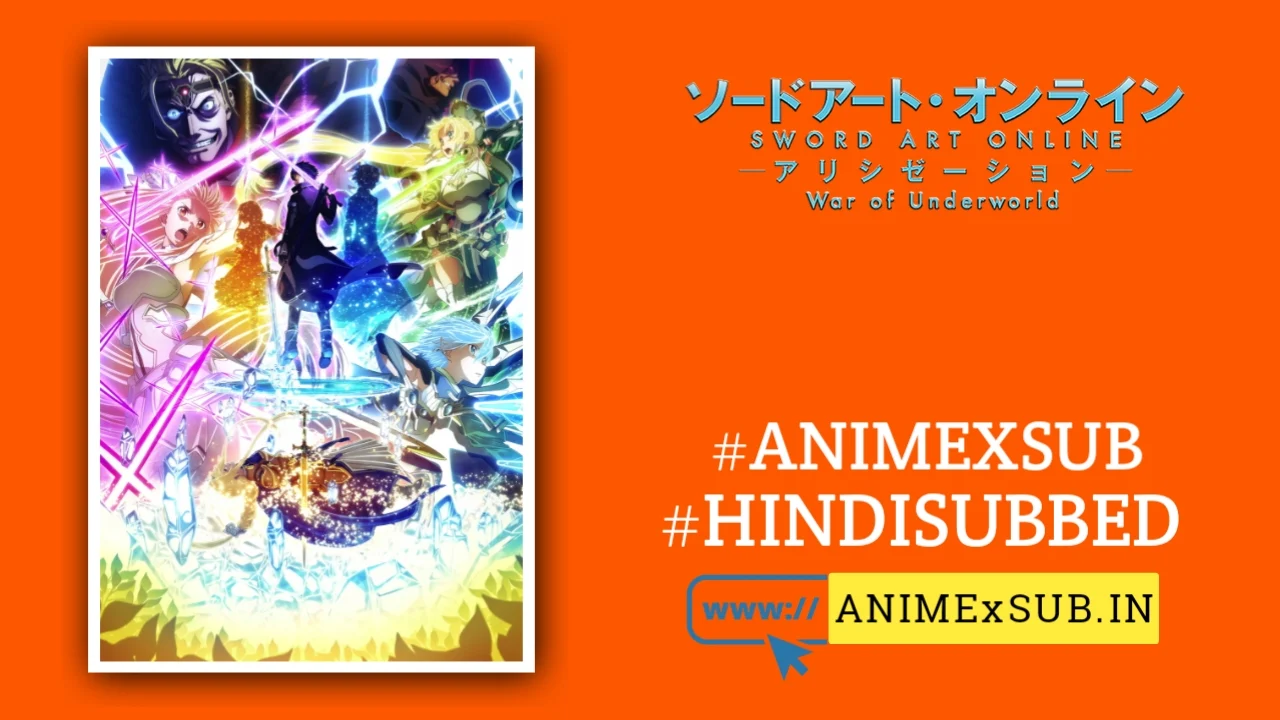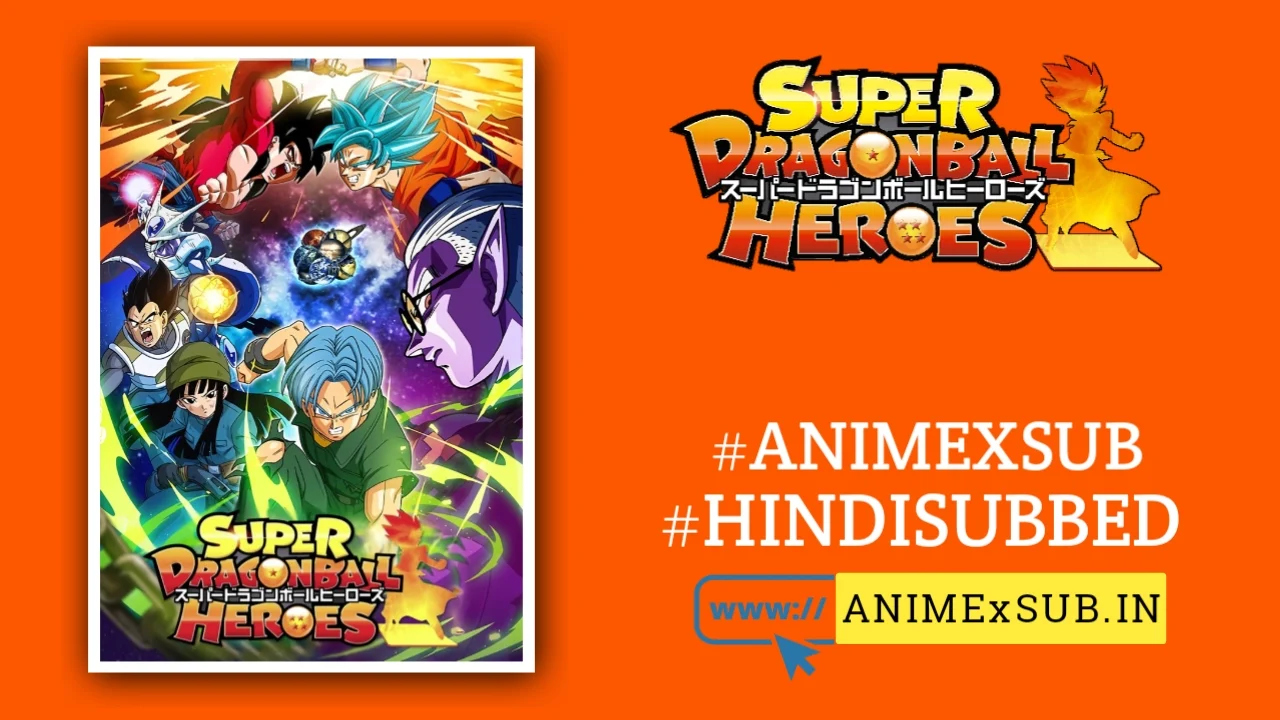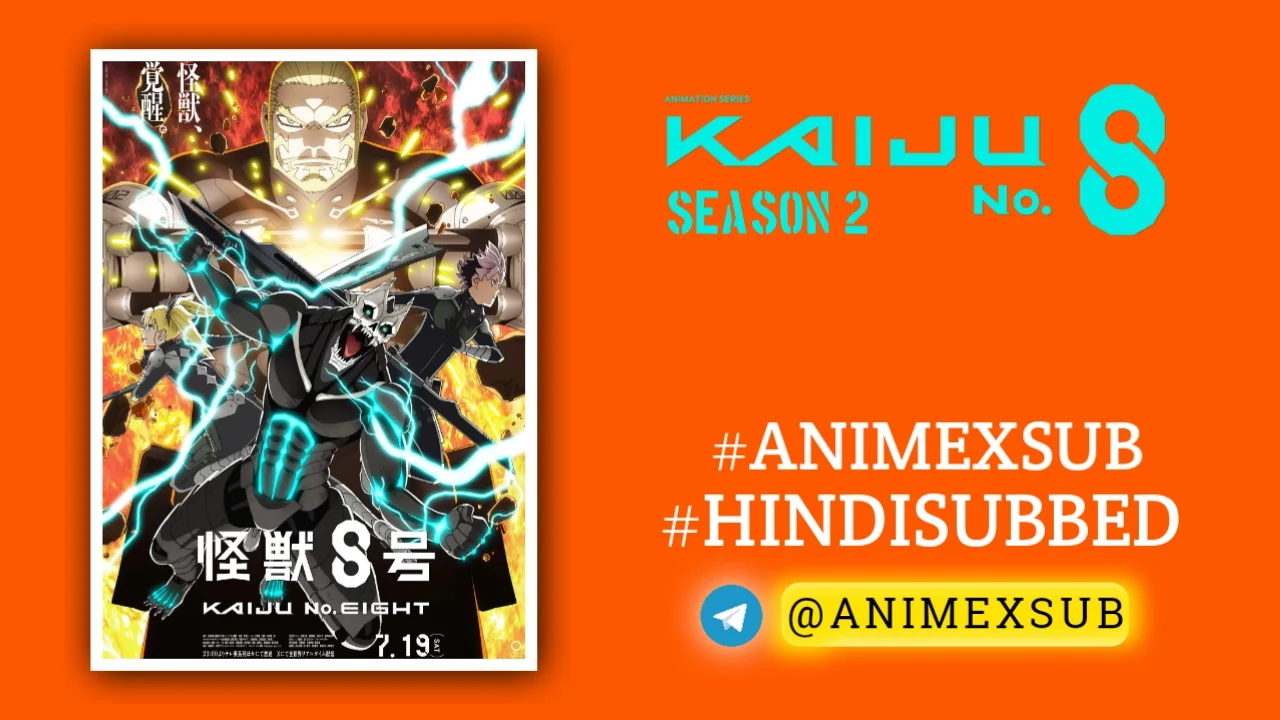
Kaiju No. 8 Season 2 Hindi Subbed [05/11] + [1/1] Ova | Kaijuu 8-gou 2nd Season Hindi Sub

Kaijuu 8-gou 2nd Season
Kaiju No. 8 Season 2Synopsis
The second season of Kaijuu 8-gou. Kafka must face new challenges, new Kaiju, and… a new Captain?! (Source: KAIJU NO. 8 EN Twitter)
Watch Trailer
Characters
Kaiju No. 8 Season 2: A Ferocious Evolution of Narrative and Identity
Kaiju No. 8 Season 2, which premiered on July 19, 2025, on Crunchyroll, catapults the series into a bold new chapter, redefining its stakes and deepening its exploration of identity, humanity, and societal resilience. Picking up immediately after the seismic cliffhanger of Season 1, this season wastes no time, delivering a narrative that balances visceral kaiju battles with profound psychological and philosophical questions. Based on Naoya Matsumoto’s manga and animated by Production I.G, Season 2 is a masterclass in escalating tension, character development, and cultural resonance, making it a standout in the Summer 2025 anime lineup.
A Narrative Shockwave: Immediate Stakes and Seamless Continuity
Unlike many sequels that ease viewers back with recaps or time skips, Kaiju No. 8 Season 2 dives headfirst into the fallout of Kafka Hibino’s unmasking as Kaiju No. 8. The choice to start at the exact moment Season 1 ended—Kafka in custody, grappling with the Defense Force’s distrust—sets a relentless pace. This isn’t just a continuation; it’s a narrative shockwave that respects its audience’s investment. The story shifts from Kafka’s struggle to hide his kaiju powers to a more harrowing question: what does it mean to be human in a world that sees you as a monster? This pivot transforms the series from a high-energy shonen into a poignant exploration of personhood under scrutiny, a theme that feels strikingly relevant in an era of polarized identities.
The premiere episodes, particularly Episodes 1 and 2, introduce the elite First Division, led by the enigmatic Gen Narumi, an otaku with unmatched combat prowess. Narumi’s unconventional leadership—rejecting military pomp for results-driven pragmatism—adds a fresh dynamic, challenging Kafka and Kikoru Shinomiya to prove their worth in a new, high-stakes environment. The fracturing of the Third Division’s tight-knit squad, with characters like Reno Ichikawa scattered to other units, risks diluting the found-family charm of Season 1 but opens doors to a broader, more complex world. This narrative mitosis is a gamble, but it pays off by forcing characters to grow beyond their familiar bonds.
Kafka’s Internal Battle: The Cost of Power
At the heart of Season 2 is Kafka Hibino, whose transformation into Kaiju No. 8 is no longer a secret but a liability. The series takes a bold step by turning his kaiju powers—once a thrilling asset—into a source of trauma. After nearly killing Director General Isao Shinomiya in a loss of control, Kafka is haunted by the fear of becoming the monster others perceive. This internal conflict, explored with nuance, elevates the show beyond typical shonen tropes. Kafka’s struggle isn’t just about mastering his abilities; it’s about proving his humanity to a system ready to dissect him. His charm, once a lighthearted trait, becomes a survival mechanism, a shield against institutional suspicion. This psychological depth makes Kafka one of the most compelling protagonists in recent anime, as he navigates the exhausting “performance of humanity.”
Visual and Auditory Spectacle: A Global Language of Cool
Production I.G’s animation remains a cornerstone of the series’ appeal. The kaiju battles are cinematic, with Episode 2’s conflict outshining the Godzilla-inspired skirmish in Episode 1. Dynamic camera angles, fluid choreography, and vibrant visuals make every fight a visual feast, designed to be clipped and shared across social media. The kaiju designs, particularly a nod to Godzilla, pay homage to Japan’s monster legacy while carving out a distinct identity. Yuta Bandoh’s score amplifies the tension, shifting from ominous monster-movie tones to electrifying battle themes. The opening by Aurora and closing by OneRepublic signal the show’s global ambitions, blending Japanese storytelling with universal appeal. However, the 3D abstract art in the opening has sparked mixed reactions, with some fans preferring Season 1’s style.
Thematic Resonance: A Society Numb to Crisis
Season 2’s most understated strength is its depiction of a world desensitized to kaiju attacks. The public’s mix of fear, apathy, and bureaucratic annoyance mirrors real-world exhaustion with perpetual crises, from climate disasters to societal divides. This subtle commentary, woven into the background of Tokyo’s diorama-like cityscapes, adds a layer of realism to the fantastical premise. The standalone episode “Hoshina’s Day Off” serves as a breather, humanizing the cast and grounding the stakes in a world worth saving. This balance of humor and gravity is a marked improvement from Season 1, where tonal shifts occasionally jarred.
Critiques and Risks: A High-Stakes Gamble
Not every aspect of Season 2 is flawless. The dispersal of the Third Division risks weakening the ensemble chemistry that defined Season 1, with characters like Reno receiving less focus early on. Some reviews note a slower start, with Episode 1 leaning heavily on exposition and boardroom discussions, which can feel like a “kaiju-sized sleepwalk” compared to the first season’s explosiveness. The lack of immediate focus on the main villain, Kaiju No. 9, might frustrate fans craving instant action, though trailers and Episode 2’s reveal of No. 9’s dual presence hint at a thrilling arc ahead. Additionally, manga readers express mild disappointment with the adaptation’s pacing and depth, though these gripes stem more from the source material’s broader issues than the anime itself.
Why It Stands Out
Kaiju No. 8 Season 2 isn’t just a sequel; it’s a reinvention that dares to ask uncomfortable questions about identity, control, and resilience. By centering Kafka’s trauma and scattering its cast, the series takes risks that deepen its narrative. The action, while spectacular, serves the story rather than overshadowing it, and the globalized production—evident in its music and visual polish—positions it as a cultural juggernaut. With new characters like Gen Narumi stealing scenes and battles escalating in scale, Season 2 proves it can evolve without losing the heart that made it a hit.
Verdict: Kaiju No. 8 Season 2 is a fearless evolution, blending heart-pounding action with introspective depth. It’s not perfect, but its ambition and execution make it a must-watch, redefining what a kaiju anime can be. Available on Crunchyroll, with new episodes every Saturday, it’s a journey worth joining.
Support Our Anime Community!
Love watching the latest anime? Help us keep uploading new episodes by join telegram channel ❤️
Join Now!